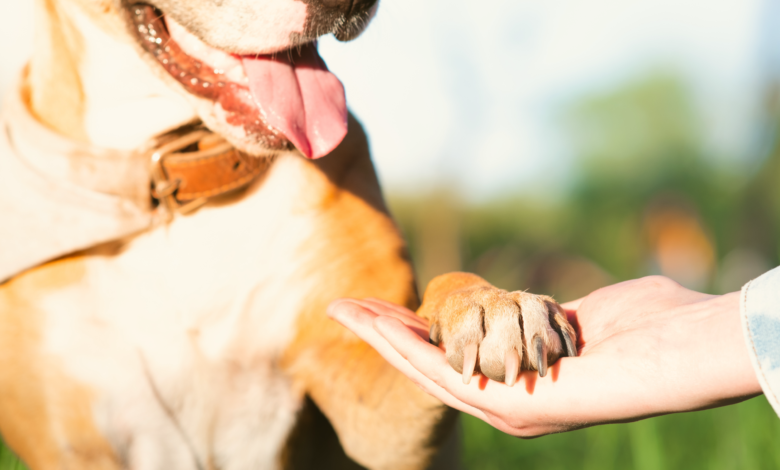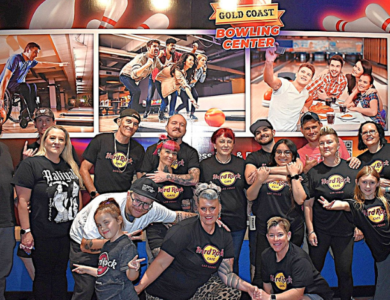We may earn a commission when you click on links across our website. This does not influence our opinions — learn more.
Beyond the Shelter Walls – How Communities Hold the Key to a No-Kill Future

When we talk about animal welfare, we often picture shelters and rescues — rows of kennels, volunteers walking dogs, and adoption events filled with wagging tails and hopeful faces.
Sanctuary to Solutions
- • How a Desert Haven Became a Blueprint for the Future of Animal Welfare
- • Inside Dogtown’s Revolutionary Approach to Shelter Reform and Adoption Practices
- • Barrier-Free Adoption and the Realities That Challenge It
But what if the solution to overcrowded shelters isn’t found within their walls at all?
What if it starts with the community?
At Best Friends Animal Sanctuary in Kanab, Utah, that’s exactly the philosophy at work. The sanctuary’s strength lies not only in caring for thousands of animals but in the partnerships it builds — connections that stretch far beyond its 4,200 acres into neighborhoods, tribal lands, and city streets where real change happens.

The Power of Partnership
From rural communities to urban centers, Best Friends collaborates with shelters, rescues, and local leaders to address root problems rather than symptoms.
Their work with the Navajo Nation offers a powerful example: mobile clinics, community education, and local partnerships that expand access to veterinary care and reduce stray populations. This model shows what’s possible when animal welfare shifts from a rescue mindset to a community care network — one that gives people tools and trust instead of judgment and red tape.
We can’t save dogs in isolation
says Michelle Sathe, Public Relations and Marketing Strategist at Best Friends. “Our work only succeeds when communities are equipped to participate — whether through fostering, volunteering, or advocacy.”
What About When Systems Fail
Las Vegas was recently reminded of how fragile that balance can be.
The heartbreaking deaths of Ribbit and Canela, two shelter dogs adopted and later found dead under suspicious circumstances, reignited debate over barrier-free adoption.
Advocates are calling for stronger screening, post-adoption follow-ups, and more accountability when animals die or go missing. Without checks and balances, they argue, even the most well-intentioned systems can fail the dogs they’re designed to protect.
Questions worth asking:
- How do shelters balance accessibility with safety?
- When does trust become a risk?
- Who is responsible when the system fails — the adopter, the shelter, or the community?
Finding the Middle Ground With Empowered, Connected Communities
Maybe the answer isn’t one extreme or the other. Maybe it’s about rebuilding the middle ground — where compassion meets accountability, and communities become active partners in care.
Imagine a system where:
- Neighbors foster before surrendering. Instead of dropping a found or unwanted dog at the shelter immediately, residents could call a hotline or register the dog with a community foster coordinator — buying time to locate owners or find a match.
- A statewide foster network helps dogs find homes before ever reaching a kennel, matching potential adopters with fosters across the region.
- Local businesses, trainers, and vet clinics serve as network hubs, offering short-term care, education, and rehoming assistance.
- Shelters act as resource centers, not last resorts — guiding, educating, and supporting families through challenges instead of penalizing them for mistakes.
What could happen if fostering became a first step instead of a last resort?
This is the vision of community-supported sheltering — an evolution from “drop-off and hope” to shared responsibility.

Lessons from Dogtown, Connection Over Compliance
At Best Friends’ Dogtown, Director Ramon Villatoro describes a philosophy built on trust.
“We want to give people the benefit of the doubt,” he explains. “Most adopters want to do the right thing. Our job is to support them and the animal, not gatekeep.”
Dogtown’s lifetime return guarantee, proactive follow-ups, and foster-first model ensure that trust doesn’t become neglect. Their results show that barrier-free adoption doesn’t mean hands-off — it means hands-on in smarter, more compassionate ways.
Reimagining Las Vegas, Could We Do the Same?
Las Vegas has one of the most passionate animal advocacy communities in the country — yet shelters remain overwhelmed. What would it take to adopt a Dogtown-style community model here?
- Could we create a real-time pet network, linking every shelter, foster, and rescue in Nevada to track available dogs and open homes?
- Could the city support neighborhood pet liaisons — volunteers who mediate rehomes, help lost dogs find owners, and connect families with resources?
- Could residents pledge to foster, share, and advocate — taking collective ownership of shelter success?
“Community is the key,” says Ramon. “Whether it’s a large sanctuary or a small local shelter, people who care make the difference.”
Start the Conversation
The tragedy of Ribbit and Canela shouldn’t just spark outrage — it should spark innovation.
Dogtown’s model shouldn’t just inspire — it should inform.
Between those two stories lies a future worth building: a community-owned, compassion-led, and data-driven network that protects both pets and people. So, Las Vegas — what would it take for you to be part of that bridge?



